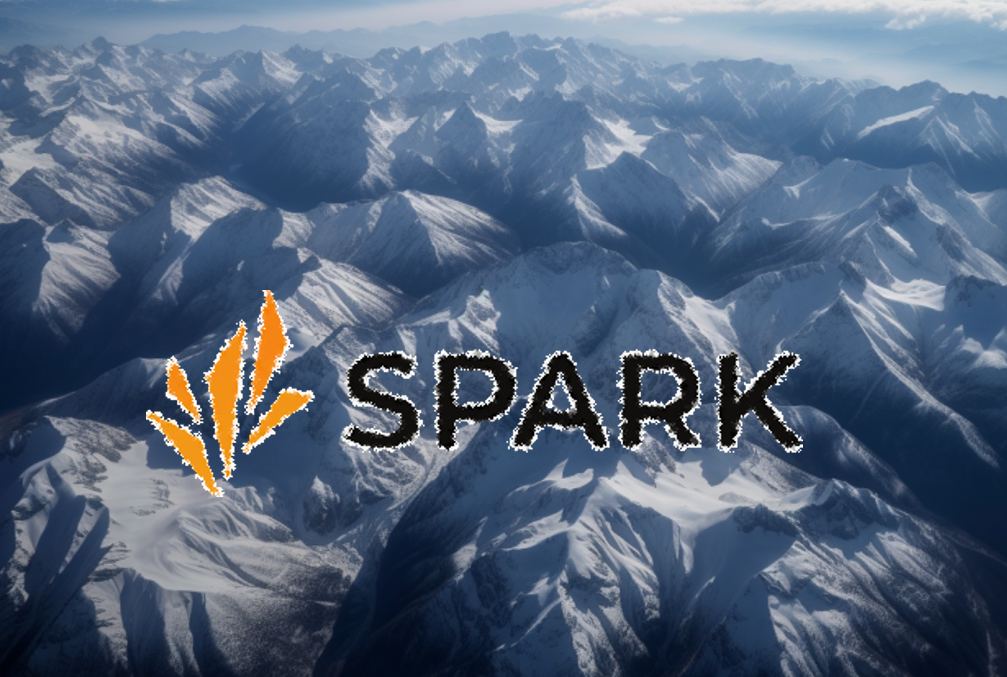
Established in 2015, MakerDAO is best known for its decentralized stablecoin, DAI. Earlier this year, the project launched the Spark protocol, a lending market that offers DeFi loans by tapping into liquidity directly from MakerDAO. It accepts assets such as DAI, ETH, stETH (Lido’s staked ETH), and several others as collateral.
The performance of the Spark protocol to date can certainly be deemed successful and a great benefit for MakerDAO. However, its long-term success will hinge on the project's ability to compete with leading players in the space, such as Aave and Compound.
Currently, the two main factors attracting users to the platform are the highly competitive DAI lending/borrowing rates and the potential airdrop promised to Spark Protocol users.
MakerDAO was among the pioneers in harnessing the advantages of real-world assets (RWA) in the crypto space. As an example, MakerDAO’s Treasury purchases U.S. Treasury Bonds or T-Bills. A significant portion of MakerDAO's revenue, derived from the high interest rates on U.S. Treasuries, is channeled back to DAI holders through Spark’s Dai Savings Rate (DSR) vault.
Spark’s DSR vault allows DAI holders to lock up their tokens and earn a very attractive yield, which is currently set at a 5% annual return. At the time of writing, around 1.75 billion DAI were locked in the DSR vault.
Interestingly, this yield is not governed by the standard supply/demand dynamics typically seen in DeFi lending protocols; instead, it is directly controlled by MakerDAO. The project has the flexibility to adjust this based on changing circumstances. MakerDAO has even implemented a unique system, known as the Enhanced Dai Savings Rate (EDSR), designed to temporarily boost the DSR for early adopters during the initial bootstrapping phase.
In August of this year, the yield was raised to 8%, which significantly impacted the DAI supply and led to significant capital inflows. However, it is crucial to understand that high yields come at a cost, resulting in decreased profits for MKR (MakerDAO governance token) holders. As a result, the yield was later adjusted back to 5%.
Source: makerburn.com
Aside from the DSR vault, Spark Protocol also features a general-purpose borrowing and lending market called SparkLend. Interestingly, both its smart contracts and the front end are derived from Aave’s open-source codebase. At present, Lido’s stETH and DAI are the leading markets on SparkLend. Their APR rates closely mirror those found on Aave. As previously highlighted, Spark Protocol users are slated to receive an airdrop, providing an extra incentive to use the platform.
Source: spark.blockanalitica.com
At present, SparkLend has $816 million supplied and $259 million borrowed. While this is impressive for a relatively young protocol, there is still a long and hrd journey ahead to rival protocols such as Aave, which remains superior in terms of the number of markets, users, and TVL.
Data from Dune Analytics reveals that since the onset of 2023, Aave V3 has registered over 16k users, compared to just over 1,600 for Spark Protocol.
Interestingly, according to Spark Protocol’s terms of use, users employing VPN networks are prohibited from using the protocol. This has garnered significant dissatisfaction from the community.
While government yields remain high, MakerDAO's access to these rates is poised to attract more users to both the DAI stablecoin and their lending platform. However, when these rates inevitably decrease, they'll need to devise new strategies to maintain user interest in SparkLend. Achieving this won't be easy given the intense competition in the space.

